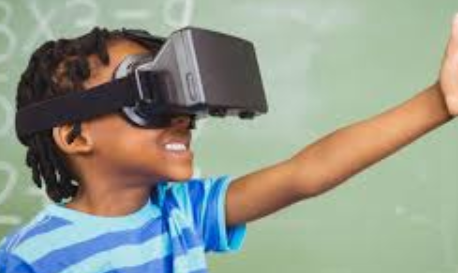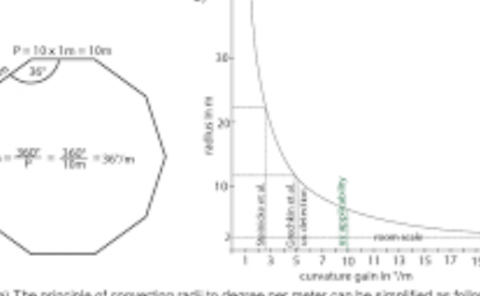Virtual Reality for Special Educational Needs
PubDate: March 2017
Teams: Istituto Superiore Mario Boella
Writers: Alberto Buzio;Mario Chiesa;Riccardo Toppan
PDF: Virtual Reality for Special Educational Needs

Abstract
Virtual Reality (VR) can be viewed as an assistive technology, due to its potential to minimize or offset the effects of a disability and provide an alternative mean for an individual to accomplish a particular task [12]. It is a promising avenue to provide children with Special Educational Needs (SENs) opportunities that they otherwise would never experience. VR learning environments can be personalized to allow a child to focus on their unique strengths and abilities, rather than limit their interactive capabilities, and work toward mastery of a task. VR can provide a safe and supportive simulated environment that allows a child to practice or enhance various skills which can be transferred to the real world. VR encourage interactive learning and provide a variety of opportunities for the learner to have control over the learning process. In fact the flexibility and controllability of VR provides a vehicle for interactive, ecological and valid assessment tools in formal, informal or continuing education. Some advantages of these technologies are the repetition, the control over the learning process and, in addition, VR systems have the capability to increase the complexity of the tasks and measure performance [8].


